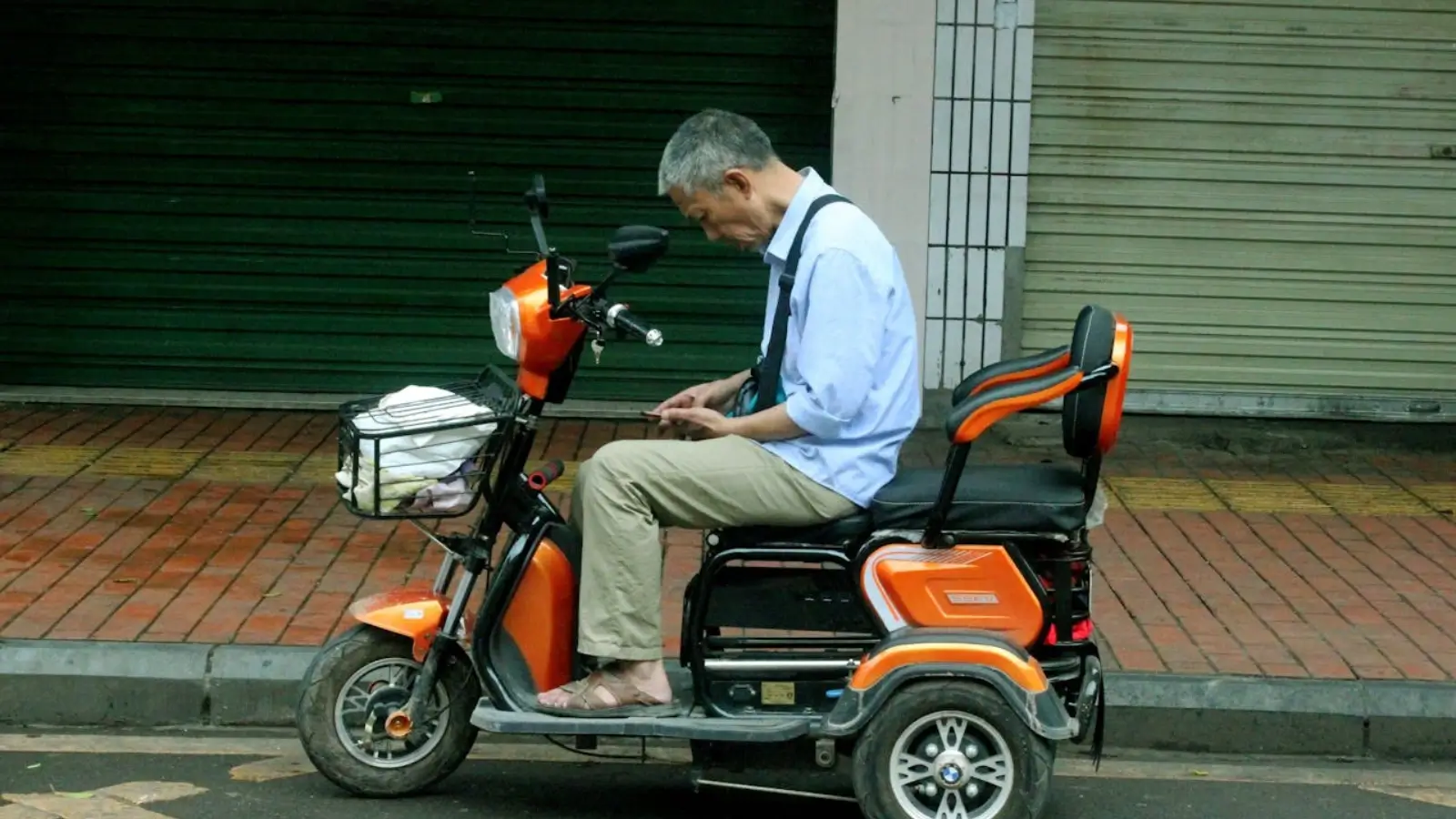


Maintaining independence and mobility is a top priority for seniors who desire to live active, engaged lives. Modern technology has provided a significant boost in this regard, particularly through the advent and refinement of mobility scooters. These electric vehicles offer a practical solution for elderly individuals facing mobility challenges, allowing them to continue participating in community activities, running errands, and maintaining a semblance of their former lifestyle.
As individuals age, their physical capabilities often begin to wane. Musculoskeletal issues, diminished balance, and lagging endurance can make it difficult for seniors to walk long distances. However, mobility is closely linked to an individual's quality of life. It impacts both mental and physical health, often dictating the extent to which seniors can engage with the world around them.
Recognising the need to support senior mobility, there has been a growing trend in the development and use of mobility aids. Among the most transformative of these aids are mobility scooters. With features designed to cater to the various needs of seniors, including adjustable seats, easy-to-use controls, and safety mechanisms, mobility scooters have become a popular choice.
In recent years, the use of mobility scooters has seen a marked rise within senior communities. They are not seen merely as a means of transportation but as a gateway to independence. Seniors are embracing these devices to help them travel longer distances without fatigue or the risk of falls, which are a significant health concern in this demographic.
The benefits of mobility scooters are manifold. Primarily, they allow seniors to cover ground more efficiently, ensuring that appointments and social engagements are within reach. This autonomy can greatly improve one's mood and outlook, reducing feelings of isolation and dependence on others. Moreover, these scooters are designed with user-friendly controls, which are vital for seniors who may be wary of complex technologies.
Industry developers have prioritised innovation in response to senior needs, leading to enhancements in mobility scooter design. Modern mobility scooters boast improved battery life, higher travel ranges, and models suited for various lifestyles— from those designed for rugged outdoor use to compact variants ideal for navigating indoor spaces.
Mobility scooters also contribute to environmental sustainability as they mostly run on electric power, reducing the reliance on fossil fuels. Furthermore, their use encourages a more robust and inclusive community by allowing seniors to continue participating in local events, contributing to social cohesion and intergenerational interaction.
Selecting the appropriate mobility scooter is critical. Factors to consider include the individual's physical needs, the intended environments, and the available storage options. It's imperative for seniors and their families to conduct thorough research or consult with professionals before making a purchase to ensure they obtain a scooter that best meets their specific requirements.
Upon selecting a mobility scooter, it is equally vital for users to receive adequate training on its operation. Safety concerns such as navigating through traffic, avoiding obstacles, and understanding the scooter's limitations should be addressed through this training.
Despite the clear benefits, there is often an unjust stigma associated with using mobility scooters. Some seniors might feel that using a scooter signals diminished capability or invokes stereotypes about old age. It is essential to shift the narrative and view these devices as empowering tools that facilitate continued independence.
Another aspect for seniors and families to consider is the cost associated with maintaining and insuring a mobility scooter. Regular upkeep is crucial for the longevity and safe operation of the vehicle, and insurance can provide peace of mind against theft or damages.
Governments and policymakers have a role in furthering the adoption of mobility scooters. Funding grants, subsidies, and the creation of scooter-friendly infrastructure can greatly enhance the accessibility and convenience for senior users.
The future is bright for the continued integration of mobility scooters in the lives of seniors. Advancements in technology promise even more sophisticated models with enhanced features such as GPS tracking and automated brakes. These developments will likely further solidify the position of mobility scooters as indispensable tools for active seniors.
In conclusion, the rise of mobility scooters represents a positive trend in fostering independence among seniors. By embracing these innovative devices, older adults can maintain an active, fulfilling lifestyle without the constraints that limited mobility may impose. With ongoing enhancements, social acceptance, and supportive infrastructure, mobility scooters will continue to revolutionise the concept of senior mobility.
The synergy between advancing age and advancing technology has never been more apparent than in the field of senior mobility. As the world's population ages, the importance of devices like mobility scooters will only escalate, underlining the imperative for society to adapt and embrace the potential these tools offer.